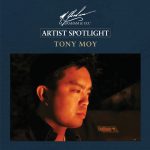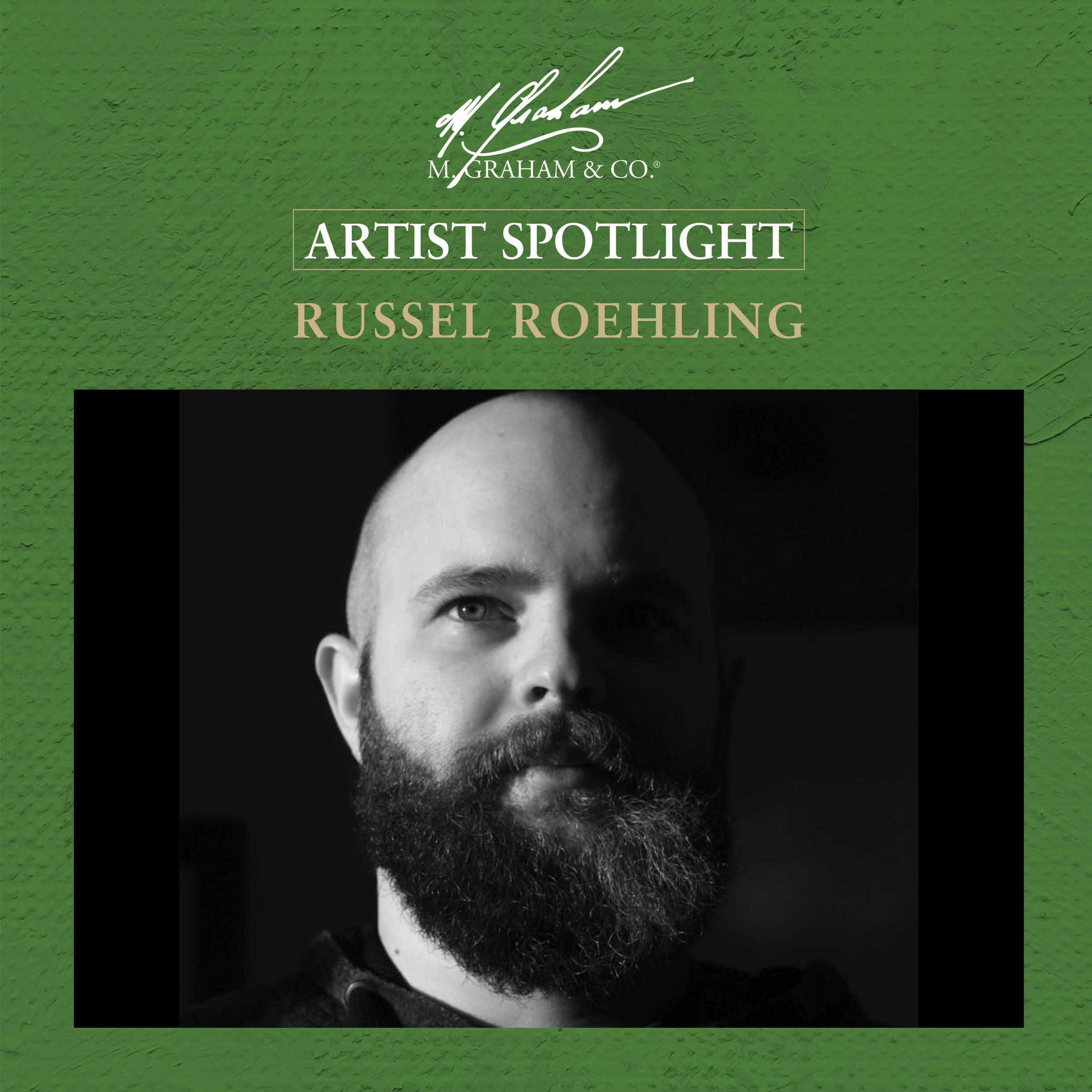
Artist Spotlight: Russel Roehling
Seattle comic illustrator Russel Roehling @russel.roehling discusses taking the leap to become a professional artist, the ins and outs of freelance illustration and why he chooses M. Graham gouache for his vibrant, whimsical illustrations in the latest M. Graham blog.
By M. Graham & Co.
When did you realize that you wanted to be an artist?
I’ve been drawing since I was a kid. The walls of my bedroom were plastered with comics I had drawn. However, I didn’t start down the path of becoming a professional artist until I was almost done with my bachelor’s degree in a non-art field. One day, I was going back through my class notes for the year, and came to a realization: Over half of what I had on the pages were drawings instead of actual notes. I only had a few credits left to go, so I finished off the degree, then enrolled in art school.
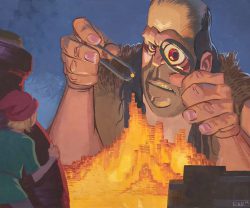
You mentioned that you indulge in plein air painting, from time to time, during your Northwest hiking adventures with your wife and dog. What are your favorite plein air subjects to paint and why?
I tend to be drawn to interesting shape compositions, wherever I can find them out in nature. You can’t beat sunsets and sunrises when you’re in the mountains of the Northwest, so I’ll often try to capture those as well, weather permitting, of course.
What initially drew you to comic illustration?
I had been a fan of newspaper comics and Mad Magazine all through childhood, and discovered Marvel Comics as a teenager. As a storytelling medium, it has qualities you don’t find in film or prose, though it has a lot of overlap with both.
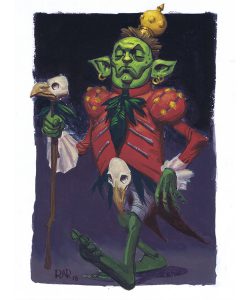
What attracts you to watercolor and gouache over other types of paint?
Portability, ease of cleanup, drying time, and the way they handle. I love gouache in particular; the way gouache flows off the brush when you’ve got the water-to-paint ratio just right is particularly satisfying. I’ve painted quite a bit with acrylics, and oils, but I keep going back to gouache and watercolor. Plus, when I leave paint in a brush and wander off without cleaning it, its not turned into an expensive over-sized toothpick, which is also a bonus.
What stands out about M. Graham gouache compared to other brands you have tried?
Touching on the portability aspect I mentioned earlier, M. Graham is the only brand that stays put in a dry, watercolor style palette. Other paint brands crack and fall apart, while M. Graham tube watercolor paints dry softly, more like watercolor pans, and remain in place.
I also like that M. Graham doesn’t use opacifiers in their gouache. Mixing blacks is impossible with some other brands, because some amount of white or chalk has been added to almost all of their paints.
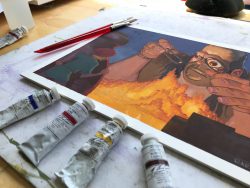
Which 4 M. Graham gouache colors will we always find in your palette?
Yellow Ochre, Ultramarine Blue, Quinacridone Rose, and Burnt Umber. They always find their way onto my palette somehow…
You are a freelance artist who often does digital illustration commissions. Which do you find most challenging: digital illustration or analog illustration?
While digital art may be easier to adjust to when clients request changes, I find it more time consuming in the long run. Digital is too big of a playground, and I find myself getting lost exploring all the color possibilities, endlessly tweaking the composition and adjusting value sliders repeatedly. With traditional media, what I have on my palette is all I need, and, for the most part, once an element is on the board, that’s where it’s staying. It forces more finality in my decision-making.
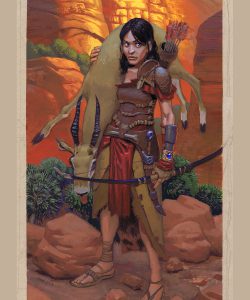
Tell us more about your work as a freelance artist. Which types of clients do you work with most often and what are the most common types of art that they request from you?
My freelance career has been all over the board so far. Fantasy illustration, cartooning for humor books, comics, of course, even some technical illustration. These days I’m trying to focus in on story-telling related work, such as comics, storyboards, novel illustrations, etc.
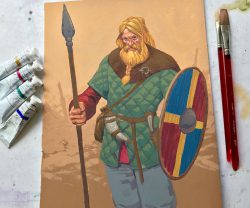
Any knowledge you can impart on aspiring comic illustrators?
The only way to break into the comics industry is to make comics! It’s a storytelling medium that takes a lot of work, and has a unique learning curve, so churning out pages helps you build a portfolio, and get rid of bad habits. Plus, with so many platforms for webcomics and the like, getting your work visible to the public is easier than ever.
Where can we find your art?
You can find me on Instagram @russel.roehling and Twitter @RusselRoehling. I have a couple of projects I’m excited about that will be announced soon, so keep an eye out!
Follow Russel Roehling!
Facebook: @artofRusselRoehling
Twitter: @RusselRoehling
Instagram: @russel.roehling

